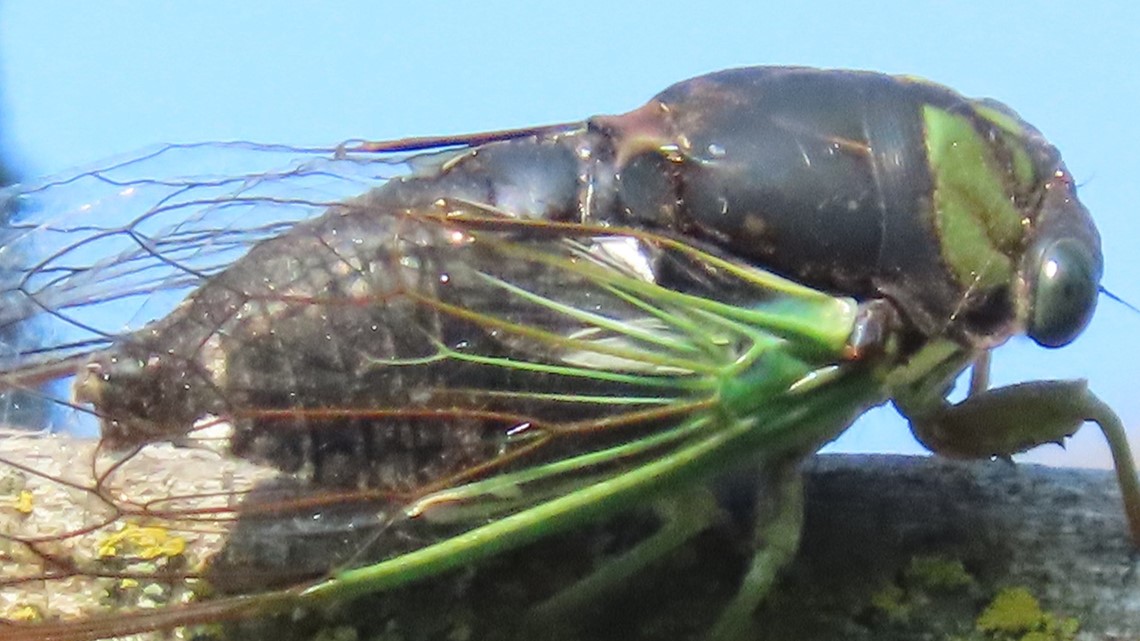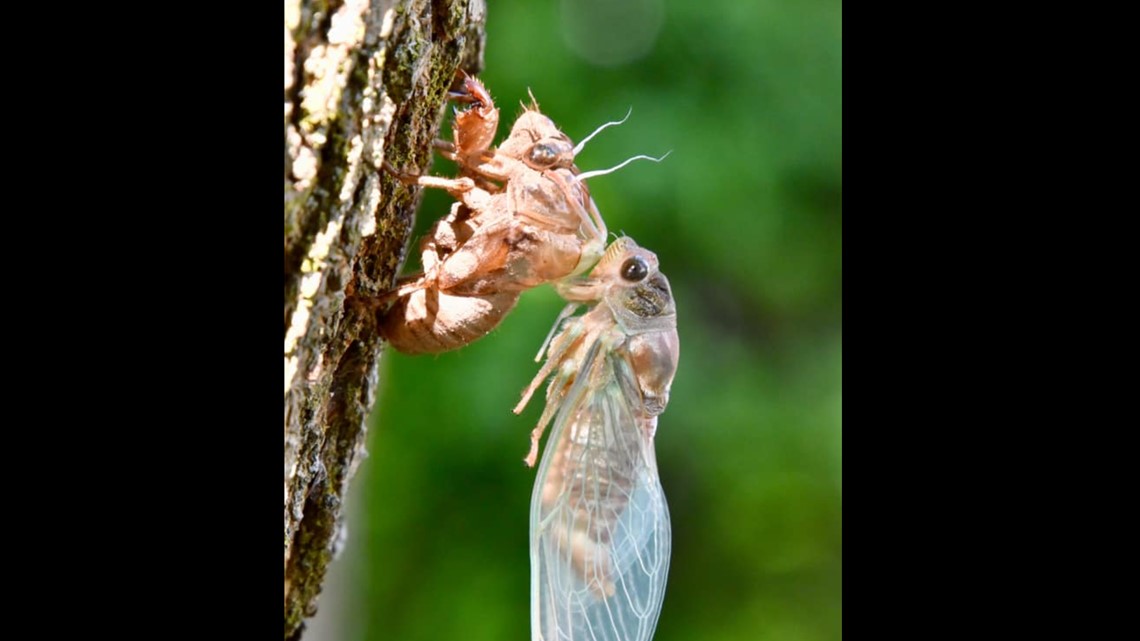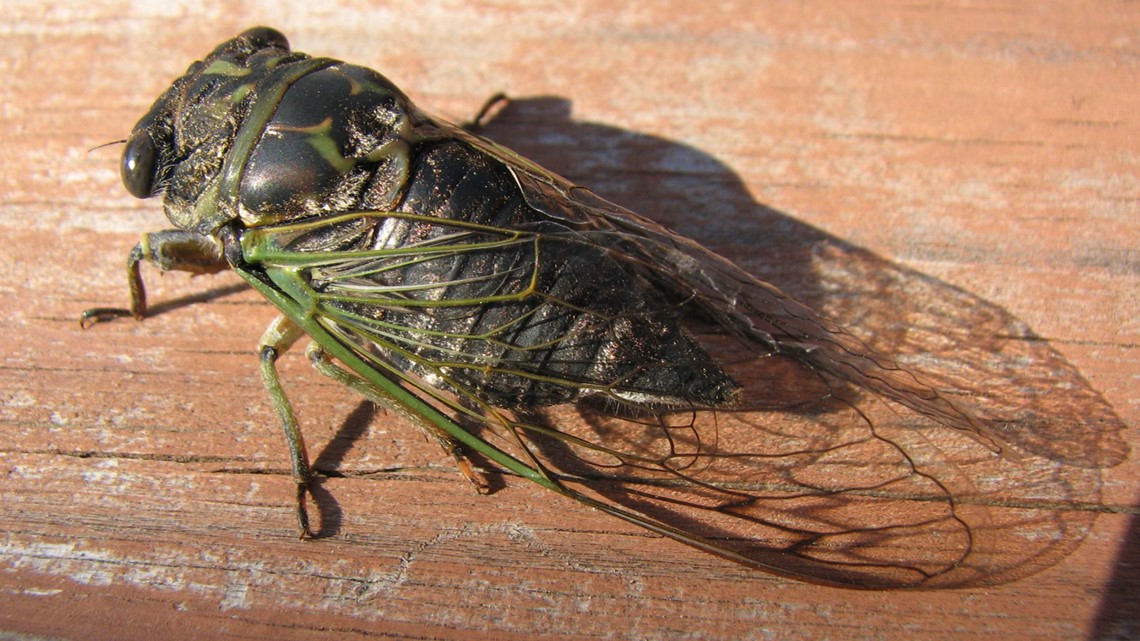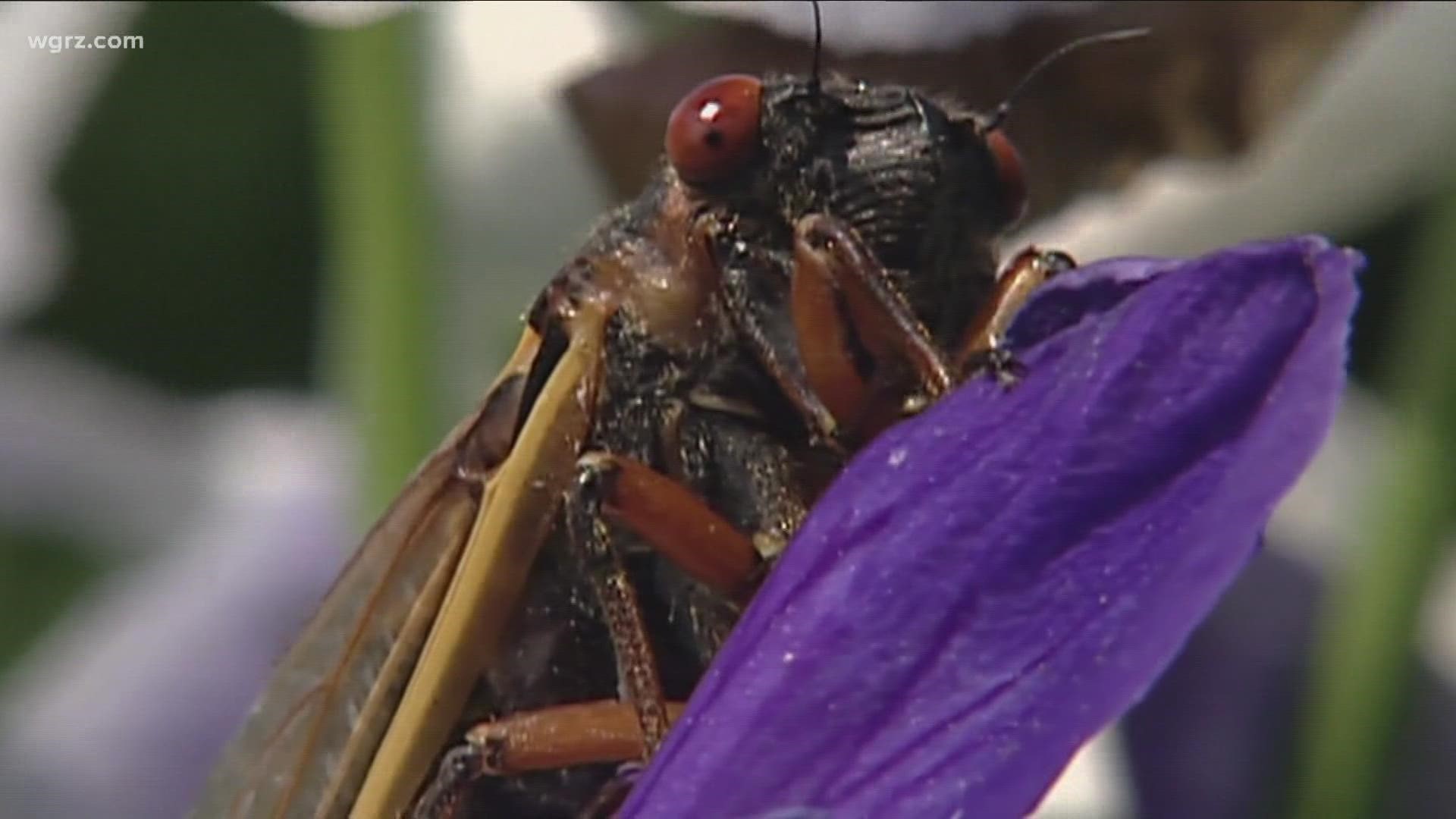BUFFALO, N.Y. — Cicadas may be the insect most evocative of summer.
Their pervasive singing fills the dog days of the season. But they are mostly heard and not seen. That's because most of their lives are spent underground, and depending on the species, that part of their life cycle can last anywhere from 3 to 17 years.
Erik Danielson, Stewardship Coordinator of the WNY Land Conservancy, explains.
"They live entirely on tree sap, and tree sap, it's got nutrients in it, but they're very dilute, so it takes a long time of ingesting and filtering those nutrients out of the tree sap in order to make it to maturity. "


Once they do reach maturity, the nymphs crawl out of the ground and begin the next stage of their lives.
"They climb up a tree or say another kind of plant, and the back of their shell cracks open," said Danielson. "Then the developing Cicada inside the shell basically sheds its skin, and leaves that behind."


After a few hours of drying out, the insect is able to fly off and begin looking for a mate, and they don't have much time for that, as their life span above ground is only five or six weeks. That's when we hear their cacophonous song, and that's meant to attract a partner.
The sound we hear, one of nature's loudest, and Danielson tells 2 The Outdoors that it is a function of a remarkable organ called a Tympanum.
"It's sort of like say if you have a bottle cap with the little dot in the top that comes up if the seal is broken, and they just flex it back and forth, making it click, and they click it back and forth really fast and it makes that noise."


The female lays eggs in a tree which hatch and the nymphs drop onto the ground, burrowing down and beginning the cycle anew. There are more than 3,000 species of Cicada worldwide. Here in WNY, we have a rare species-specific to the Niagara Gorge, aptly known as the Niagara Cicada.
"When I first learned about it, I was told it was one of the rarest of its specific group, which are called the Whip Cicadas," said Danielson.


Though we only experience them for a short while, Danielson said that's plenty of time to appreciate this unique insect.
"They're just such a fascinating example of the way that evolution and different habitats have shaped the diversity of life on earth."

